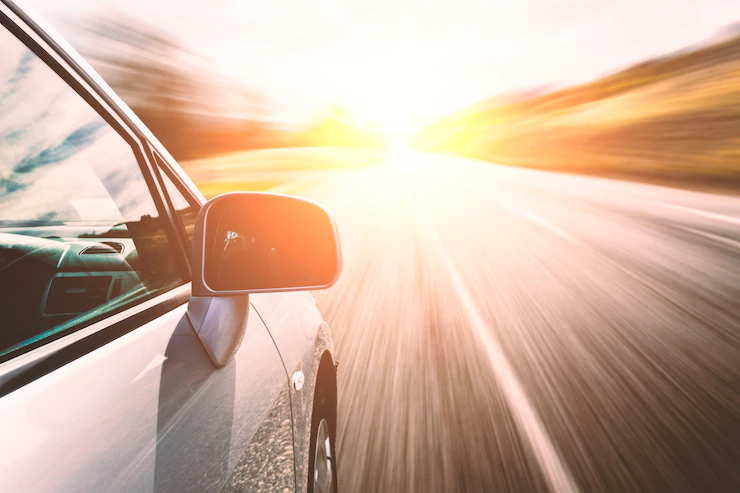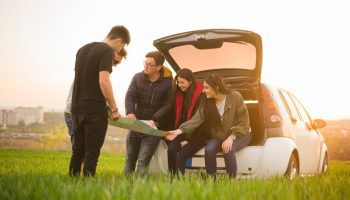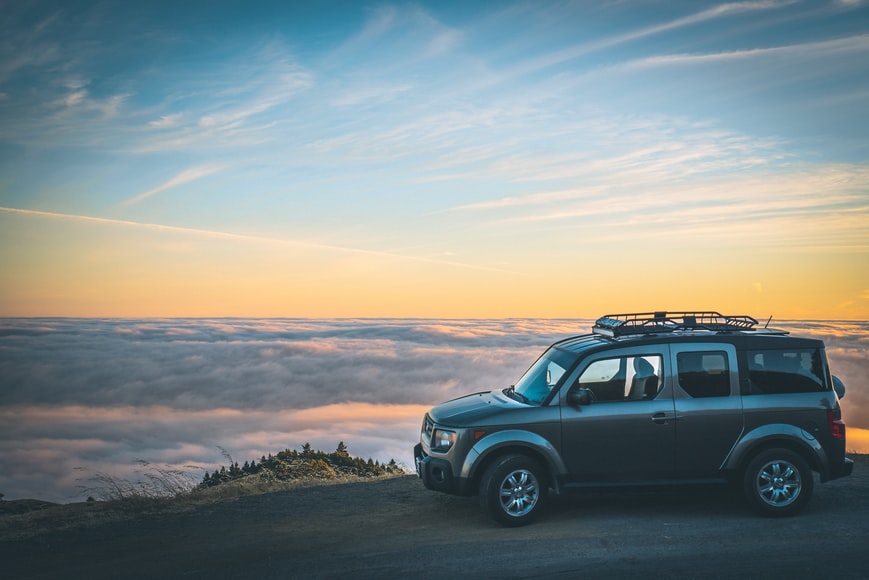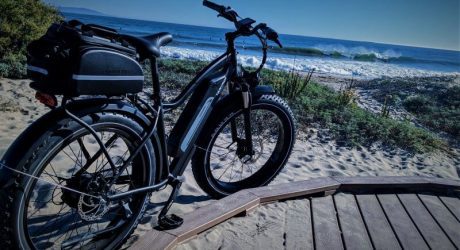Wintertime driving is usually challenging, but when you add wildlife into the already demanding mix, the risk can intensify quickly.
Between icy roads and blizzard-like, treacherous conditions, and wildlife that is running scared, it’s sometimes nearly impossible to avoid a collision.
Luckily, there are steps you can take to lower your risk and feel more confident while driving on winter highways.
Before heading out onto slick roads, be sure to research the best auto insurance and while you are exploring these considerations, find reputable providers who offer cheap car insurance.
You want optimal coverage, affordably, so you can rest easy knowing that if an accident does happen, you’ll be covered and that you are also not paying inflated premiums, each month, in the process
Ready for some additional ways to keep yourself safe and aware on those open roads? Read on.
1. Watch the Road Signs
You’ve likely already noticed diamond-shaped signs in your region. Now is the time to remember that they are installed where they are for a reason.
Large numbers of deer (or elk or another animal) are known to frequent the area, and it would be wise to be on the lookout for them while traveling through.
If you are driving in an area you’re unfamiliar with, pay particular attention to the road signs and heed them by regularly scanning for wildlife, and, while it isn’t the law, slow down a bit, just in case.
2. Watch Your Speed

During the wintertime especially, slowing down is imperative in lowering the risk of accident or collision.
While you will want to be mindful of the speed limit and other drivers on the road, it’s a good idea to slow down when you see a wildlife road sign, when temperatures are below the freezing mark, and when the highway is dark and unfamiliar.
Decreasing speed will allow you greater reaction time, and any collision that might happen will have less of an impact than if you were traveling at a high speed.
3. Prepare Your Vehicle
Your vehicle is a machine that requires regular maintenance for optimal performance. In the winter, when the possibility of breaking down or accidents is higher, you’ll want to keep a regular eye on fluid levels, tire pressure, and the quality of the windshield wipers.
If you suspect the battery is waning in charge, get it tested by your mechanic or perform the LOAD test yourself. The last thing you want to have happened is for your battery to die in the middle of nowhere or while idling in a blizzard.
4. Keep an Emergency Kit in the Vehicle
Be prepared for the cold by keeping an extra blanket, hat, gloves, phone charger, a snack, water bottle, cat litter or sand, and ice scraper in the car.
Plastic orange cones or a brightly colored piece of material can be utilized in the event of a breakdown to let others know you need help.
5. Plan Strategically
Good drivers are like chess players, they anticipate what might happen next, and prepare their minds and body to perform if necessary. Ask yourself, what will I do if a deer darts out in front of me?
This question might help you realize you are driving too quickly for the area and subsequently slow down. Remember to survey both sides of the roadway because deer, and other wildlife, can appear from just about anywhere.
6. Avoid Impulsive Driving Decisions
When drivers are startled by an animal bolting out into the road in front of them, it’s a natural reaction to want to swerve away from them.
Of course, on icy or snowy roads (and even on dry pavement) this isn’t the smartest maneuver. Always reduce your speed when you see signs posted for wildlife in the area and use your brakes when one (or many) pop out in front of you – don’t move the steering wheel.
Avoid swerving altogether; focus on slowing down and keeping the vehicle going straight. There is an exception to this rule.
If the animal you are about to hit is incredibly large (like a moose) swerving may be your better option to avoid serious injury.
7. Preparing for Unavoidable Crashes

Before making contact with the animal, ease up on the brakes. This will help reduce the chance of the animal going through the windshield.
Remember to stay focused on where you’re headed and not where the animal is at the moment. People often drive where they look. If possible, hit the animal at an angle and avoid a head-on collision.
8. Post Collision Actions
Don’t try and approach the injured animal, they can be very dangerous. Be sure to turn on your hazard lights and call immediately for help. If possible, warn other drivers of the dead animal in the road.
Accidents are always upsetting but sometimes they may be unavoidable. Plan and have strategies in mind for managing a collision with wildlife if one does happen.
Read Also:




























